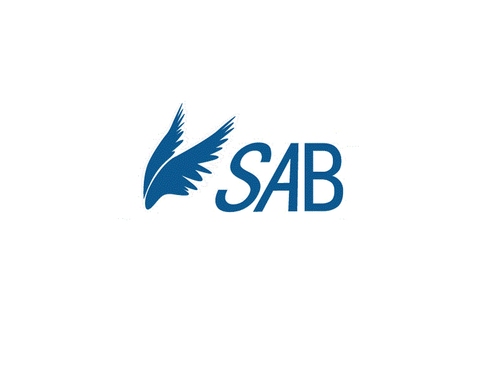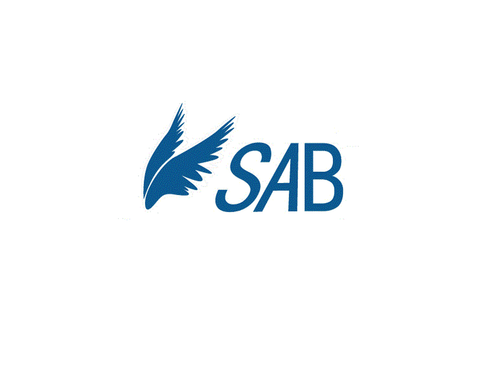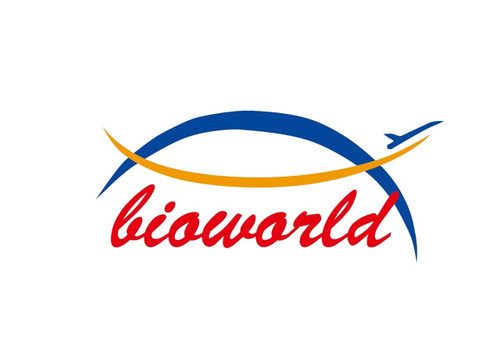Product Description
GBAS Antibody | 26-290 | ProSci
Host: Rabbit
Reactivity: Human
Homology: N/A
Immunogen: Antibody produced in rabbits immunized with a synthetic peptide corresponding a region of human GBAS.
Research Area: Cancer
Tested Application: E, WB
Application: GBAS antibody can be used for detection of GBAS by ELISA at 1:12500. GBAS antibody can be used for detection of GBAS by western blot at 1 μg/mL, and HRP conjugated secondary antibody should be diluted 1:50, 000 - 100, 000.
Specificiy: N/A
Positive Control 1: Cat. No. 1208 - THP-1 Cell Lysate
Positive Control 2: N/A
Positive Control 3: N/A
Positive Control 4: N/A
Positive Control 5: N/A
Positive Control 6: N/A
Molecular Weight: 34 kDa
Validation: N/A
Isoform: N/A
Purification: Antibody is purified by peptide affinity chromatography method.
Clonality: Polyclonal
Clone: N/A
Isotype: N/A
Conjugate: Unconjugated
Physical State: Liquid
Buffer: Purified antibody supplied in 1x PBS buffer with 0.09% (w/v) sodium azide and 2% sucrose.
Concentration: batch dependent
Storage Condition: For short periods of storage (days) store at 4˚C. For longer periods of storage, store GBAS antibody at -20˚C. As with any antibody avoid repeat freeze-thaw cycles.
Alternate Name: GBAS, NIPSNAP2
User Note: Optimal dilutions for each application to be determined by the researcher.
BACKGROUND: Chromosomal region 7p12, which contains GBAS, is amplified in approximately 40% of glioblastomas, the most common and malignant form of central nervous system tumor.The predicted 286-amino acid protein contains a signal peptide, a transmembrane domain, and 2 tyrosine phosphorylation sites. The GBAS transcript is expressed most abundantly in heart and skeletal muscle. GBAS protein might be involved in vesicular transport.Chromosomal region 7p12, which contains GBAS, is amplified in approximately 40% of glioblastomas, the most common and malignant form of central nervous system tumor.The predicted 286-amino acid protein contains a signal peptide, a transmembrane domain, and 2 tyrosine phosphorylation sites. The GBAS transcript is expressed most abundantly in heart and skeletal muscle. GBAS protein might be involved in vesicular transport.
 Euro
Euro
 USD
USD
 British Pound
British Pound
 NULL
NULL














